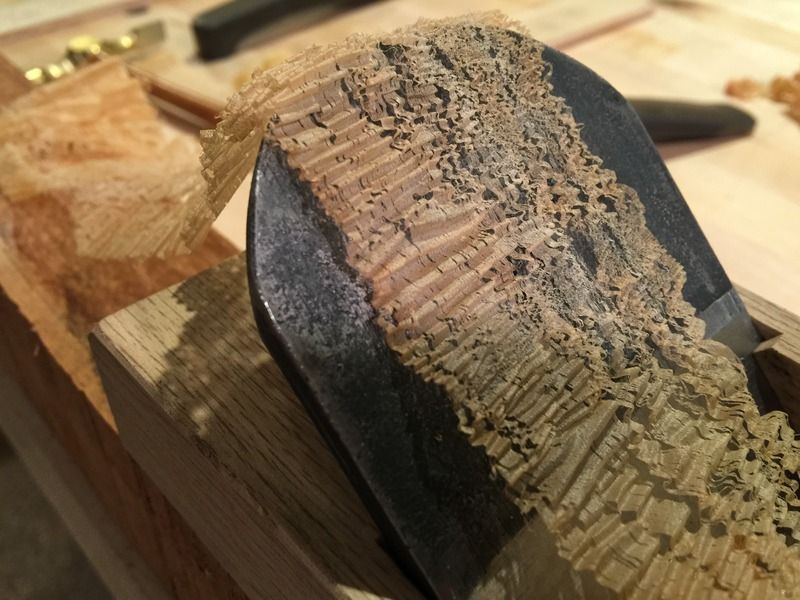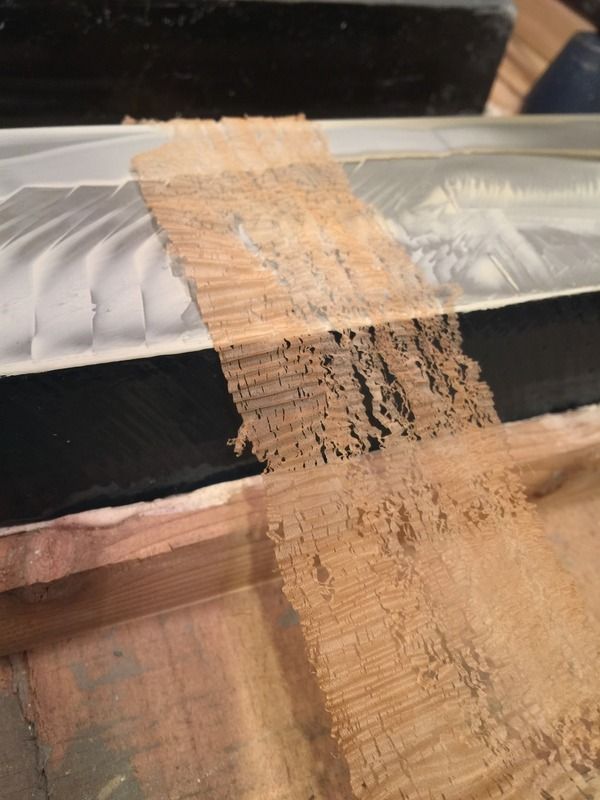Brian; you have probably viewed Richard Maguire's previous video on his blog site;
http://www.theenglishwoodworker.com/...ear-out-video/
Within the comments section; Richard offers some clear insight on his approach to the use of cap irons.
Richard May 11th, 2015
Warren; don’t worry, I left the concerns of tear out behind with puberty. As David said, this is a great topic worth further discussion, but is beyond the scope of this video and this post. I aim for clarity on subjects for my audience so try to cover one point at a time, but I have mentioned previously that I don’t simply class a plane by it’s length but how I’ve chosen to set it up for use. 90% of my work is finished off the try which is set up closely to my smoother (I don’t do any of the wispy, thin gravity defying shavings).
If I’m hogging off material however then I won’t concern myself with the cap iron, I don’t have problems with tear out since I’ll read the wood, make judgement and alter my approach on the fly, but that’s a whole other subject. I’ll not just judge every piece of wood as being the same, I’m working it by hand so I can respond as a human.
When I look for the positive point in what you’ve written I do find that we’re almost on the same page… almost.





 Reply With Quote
Reply With Quote







